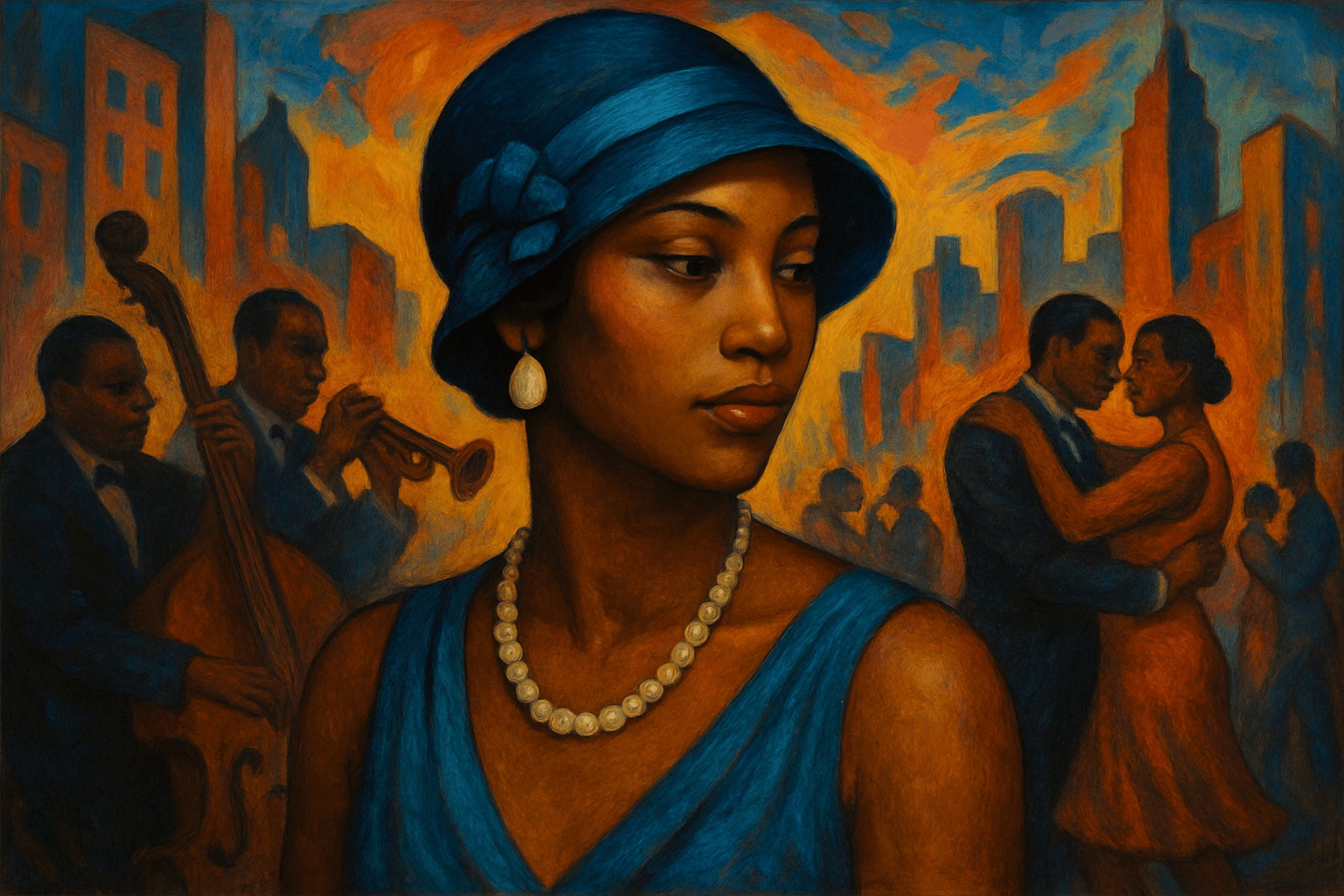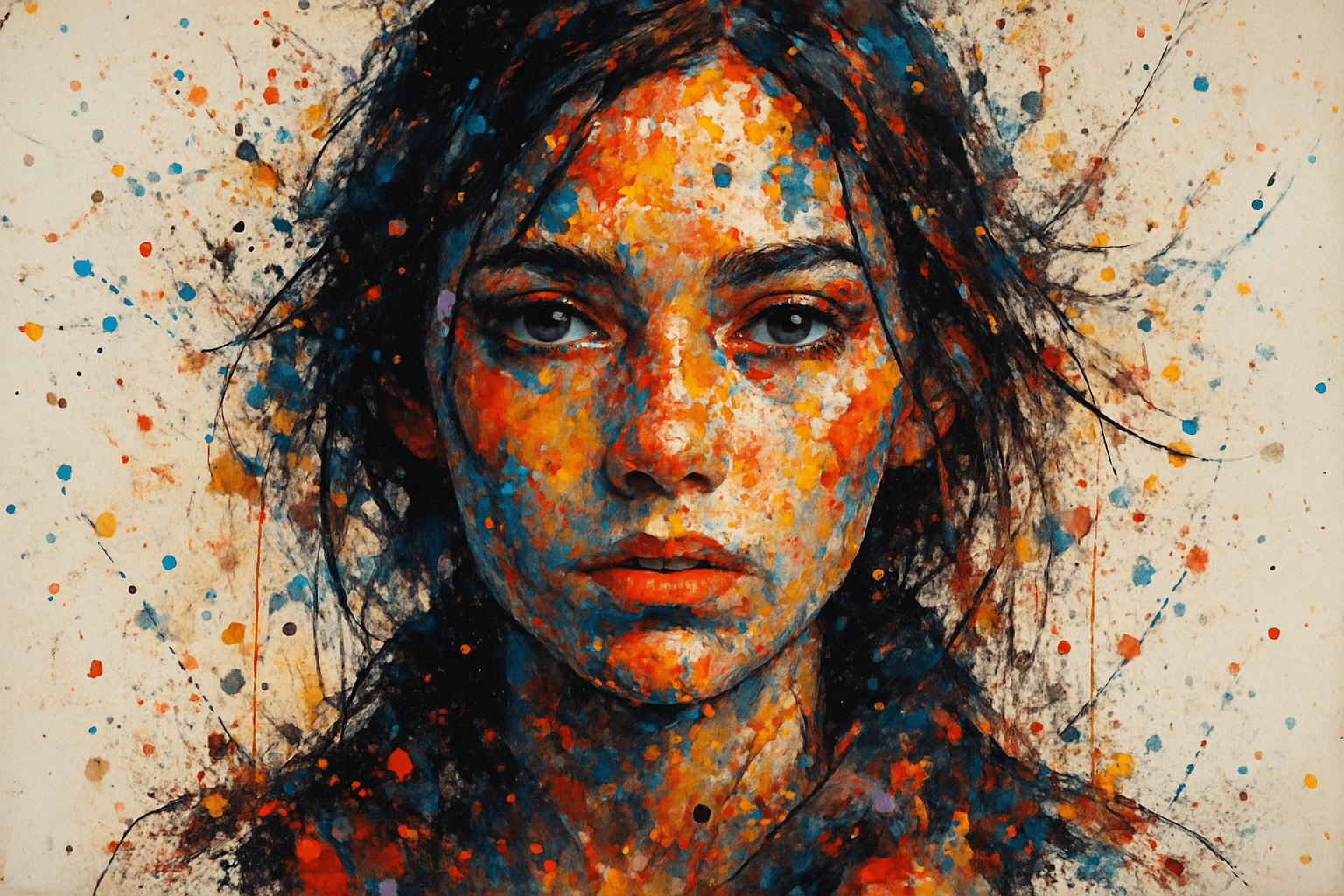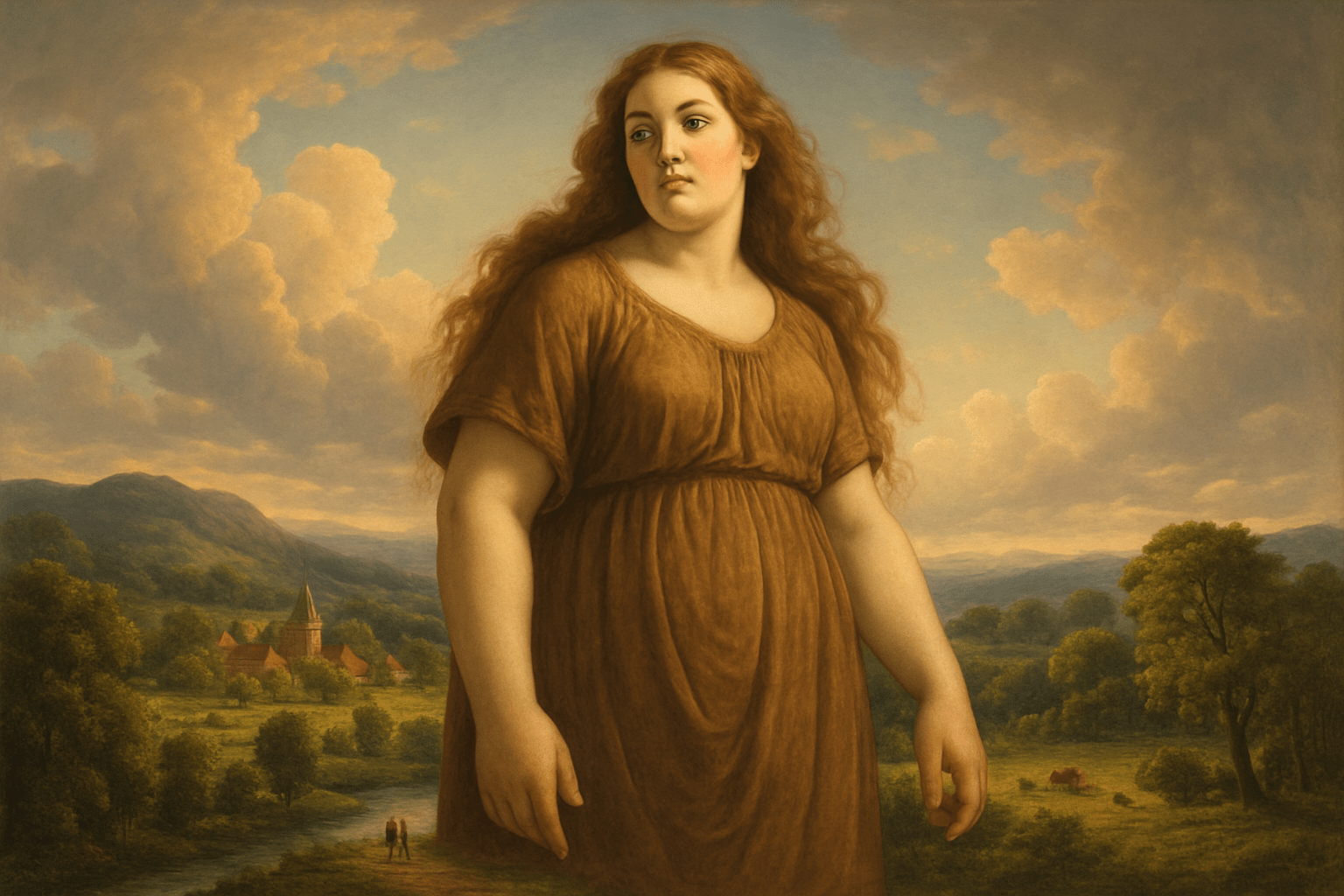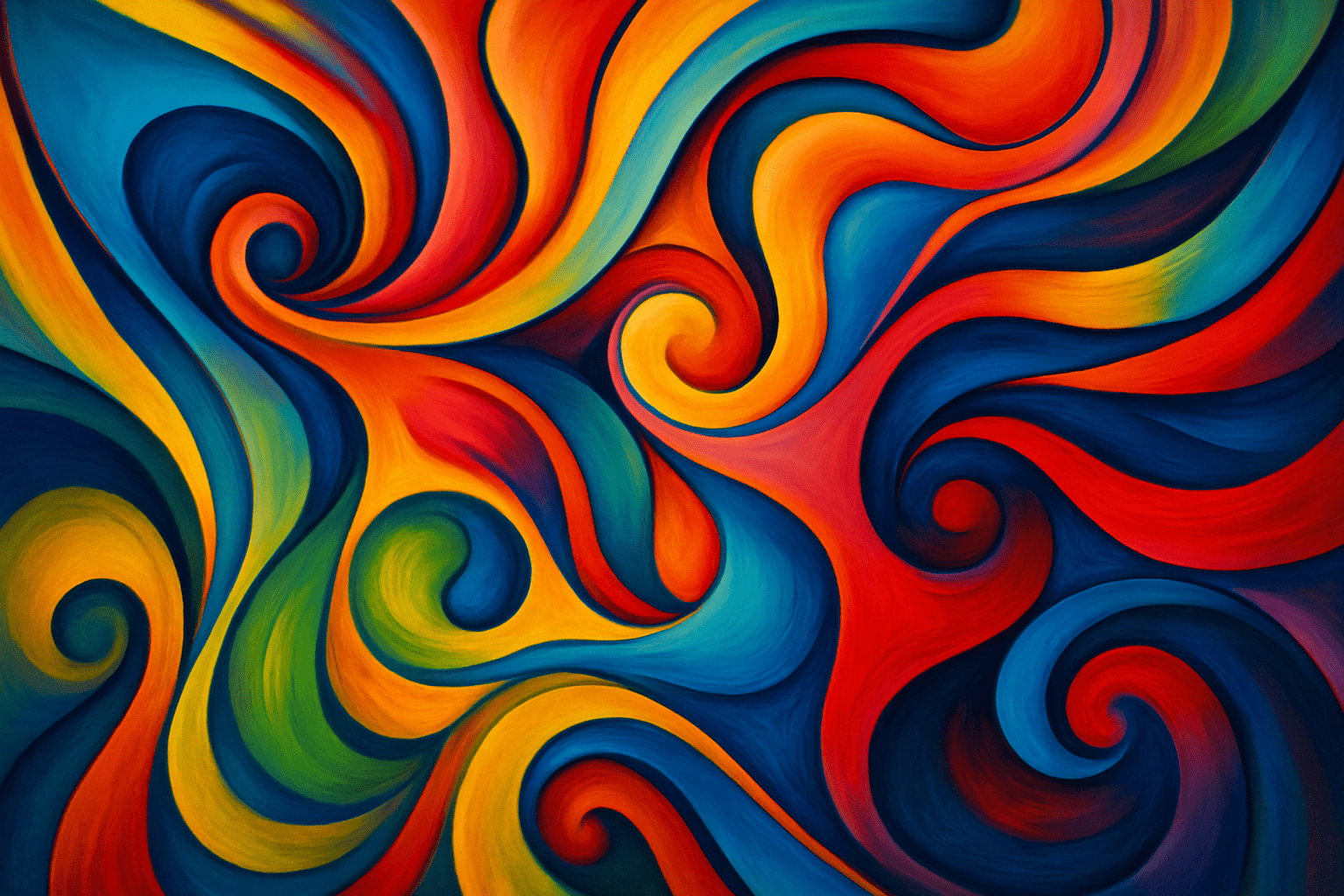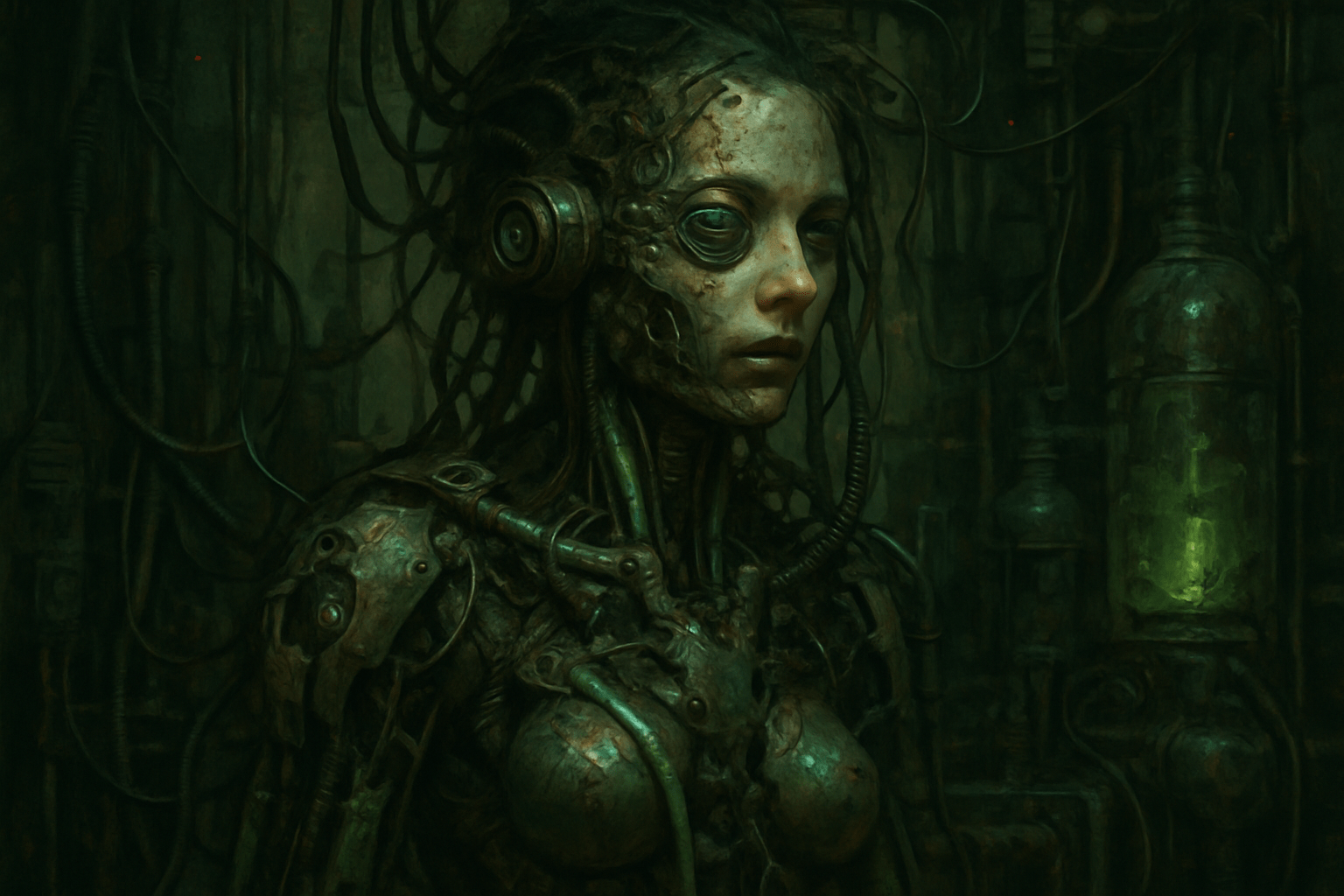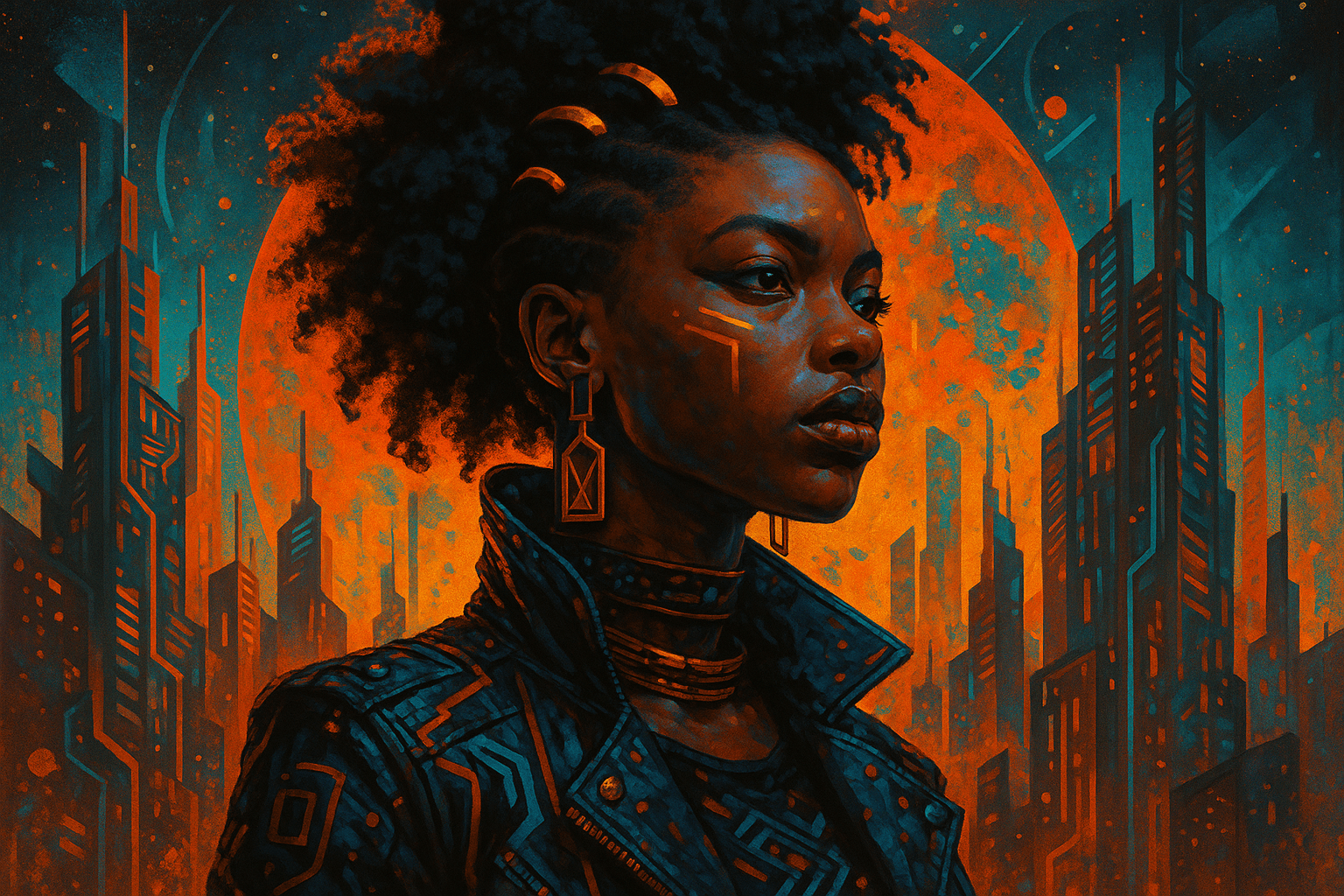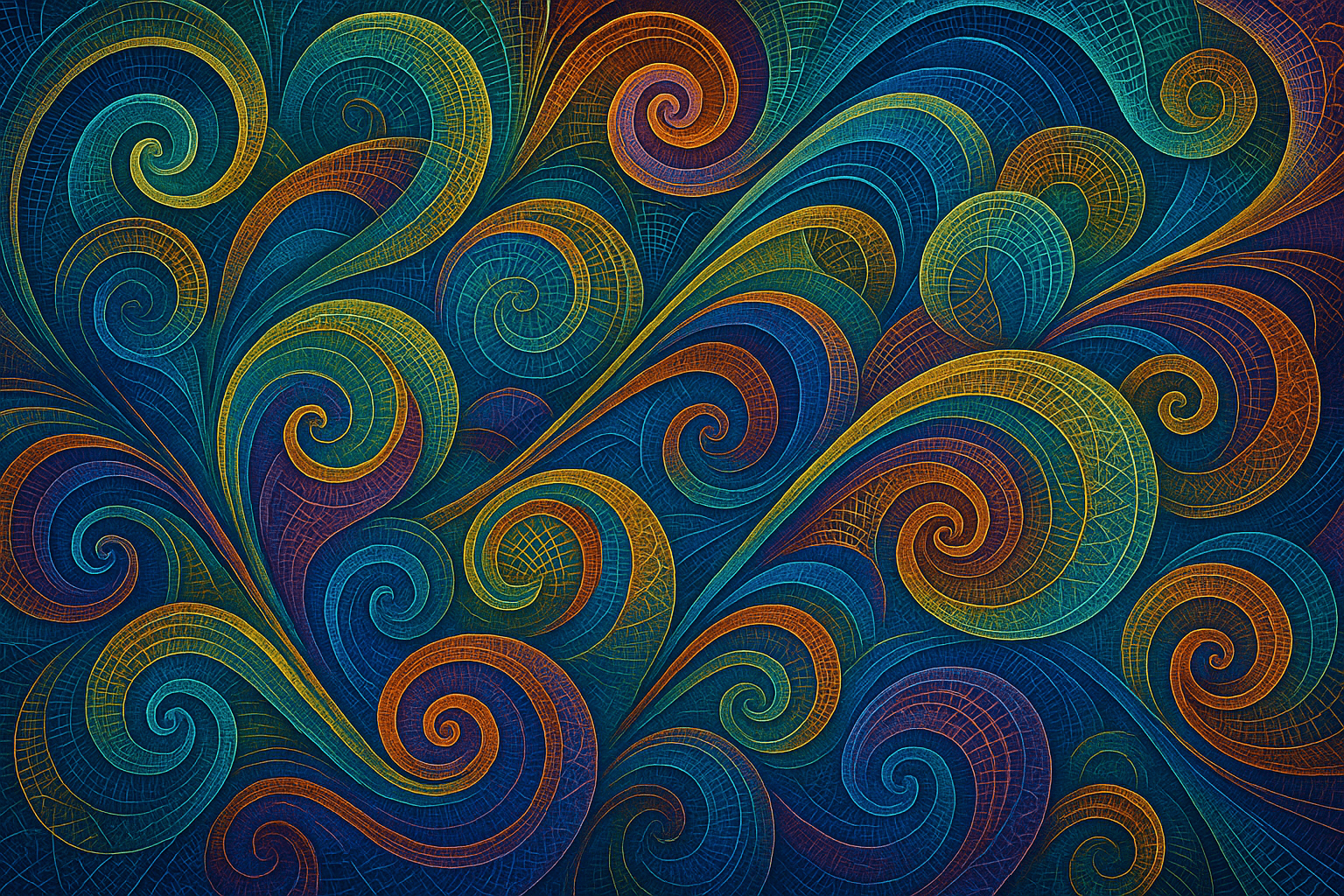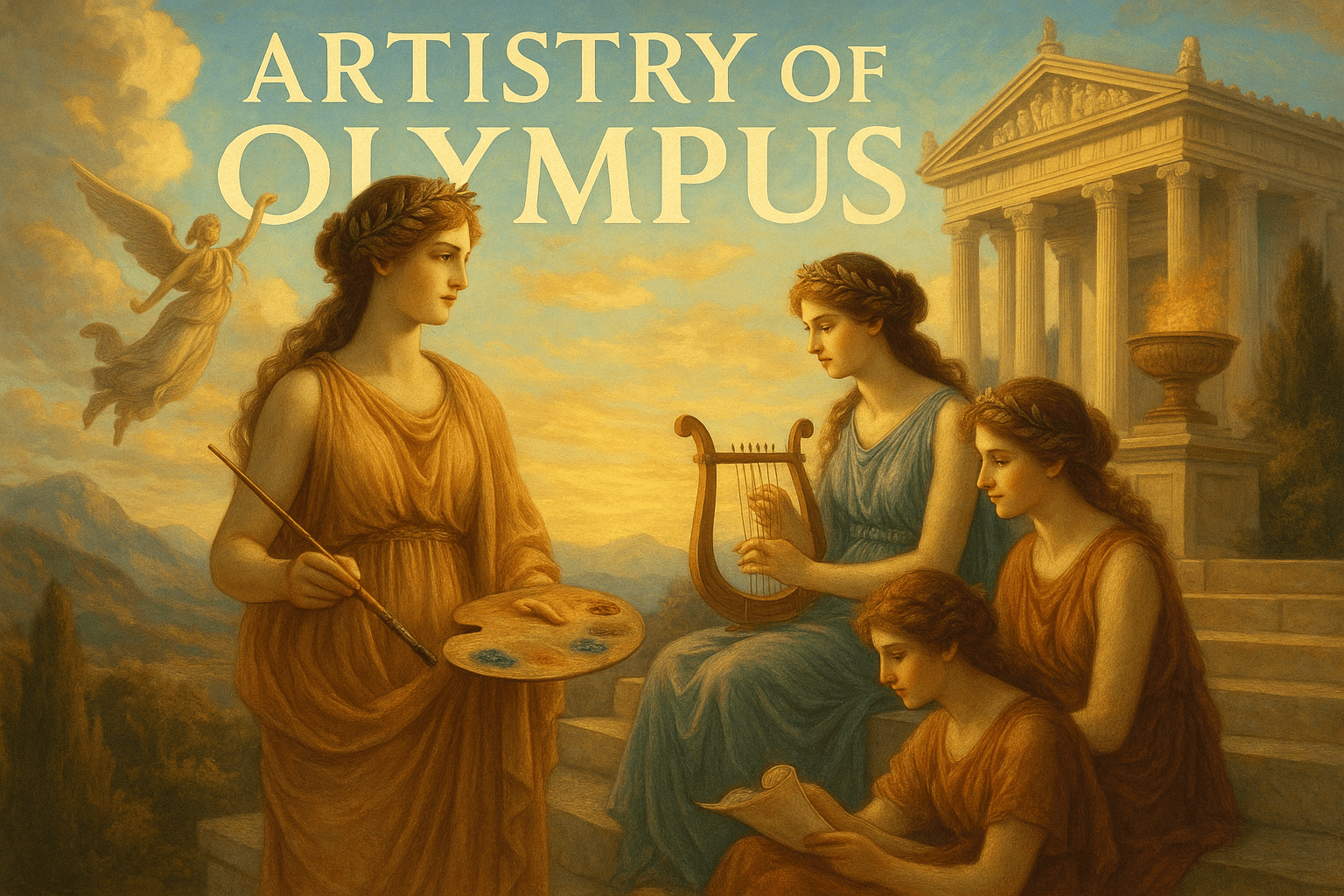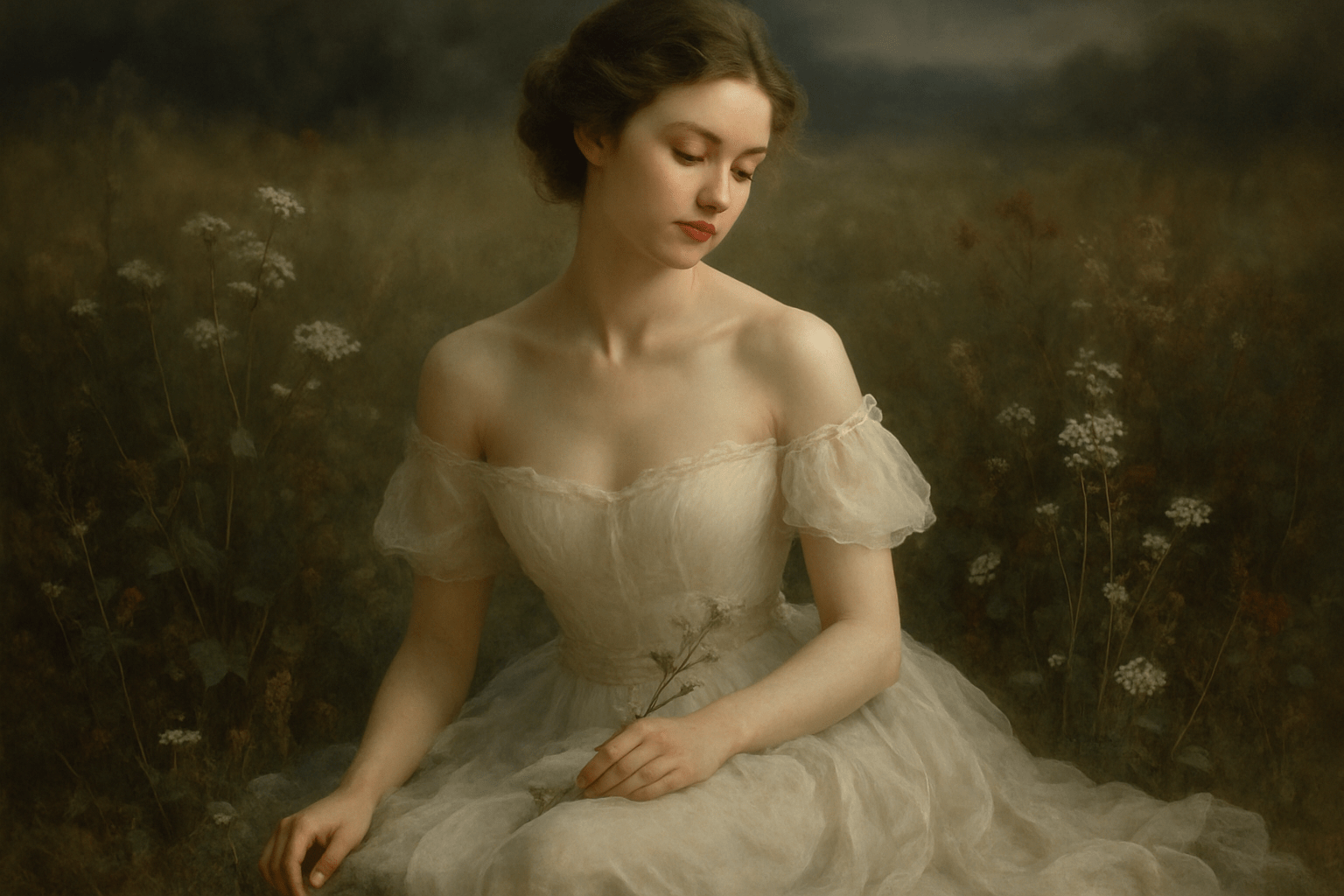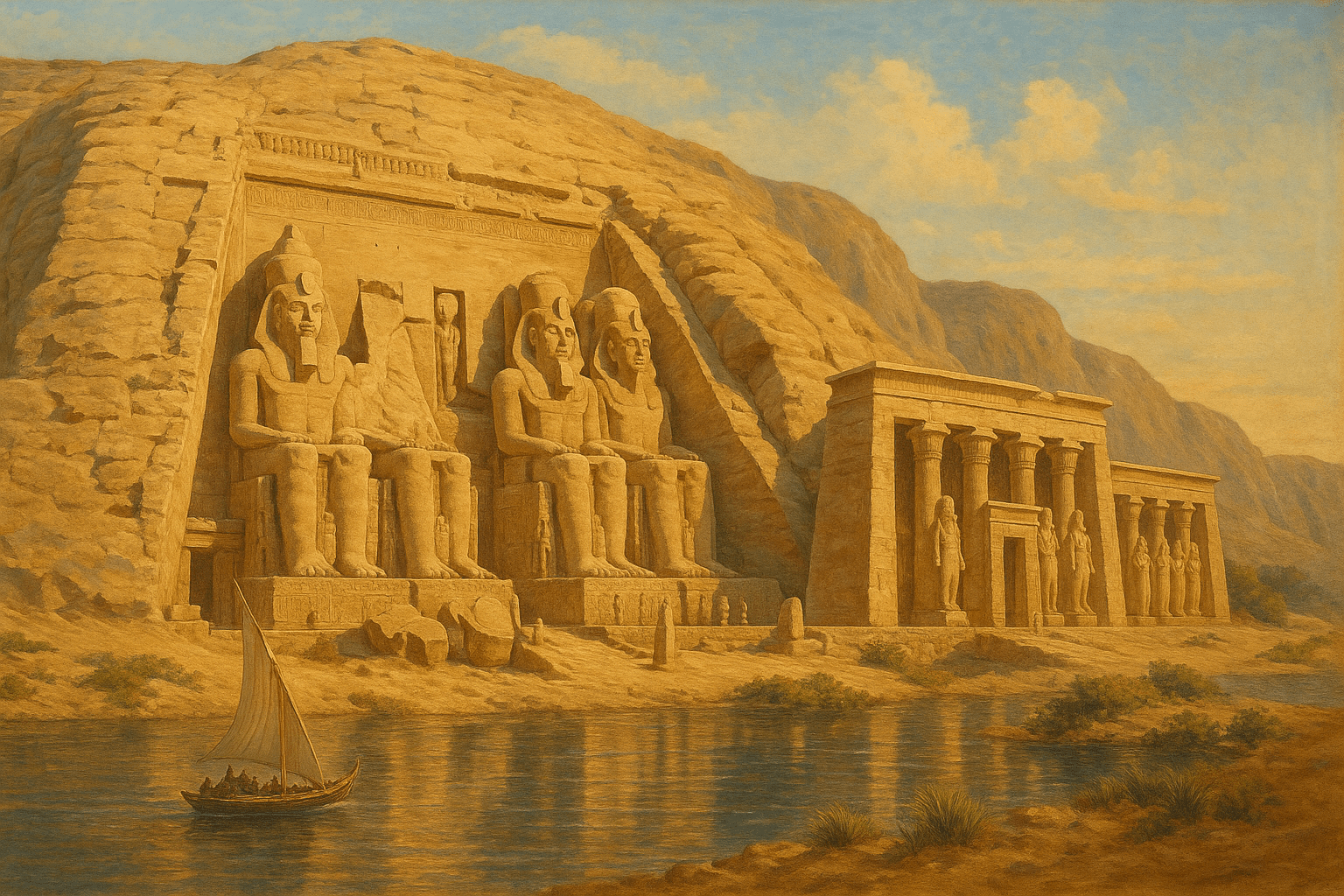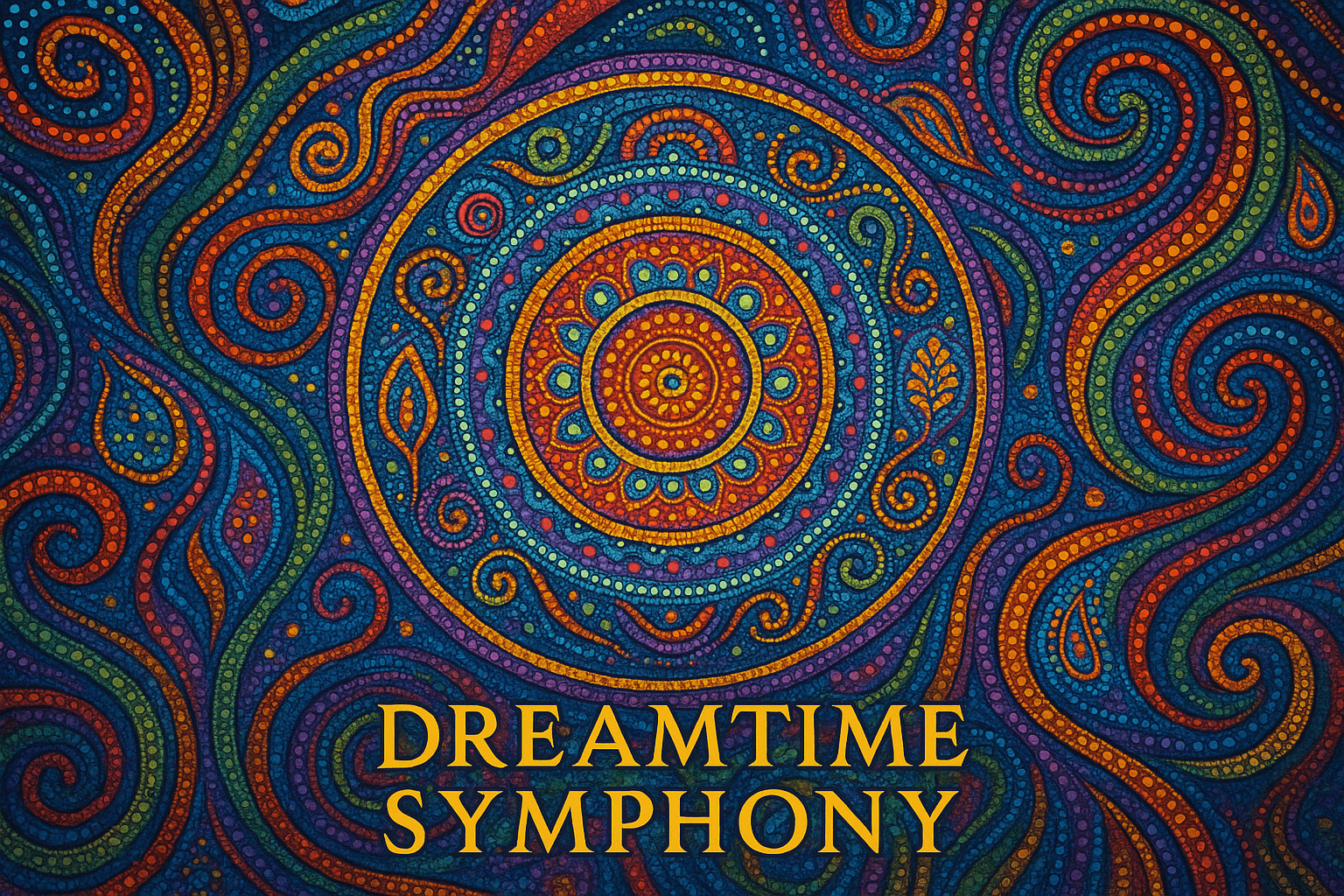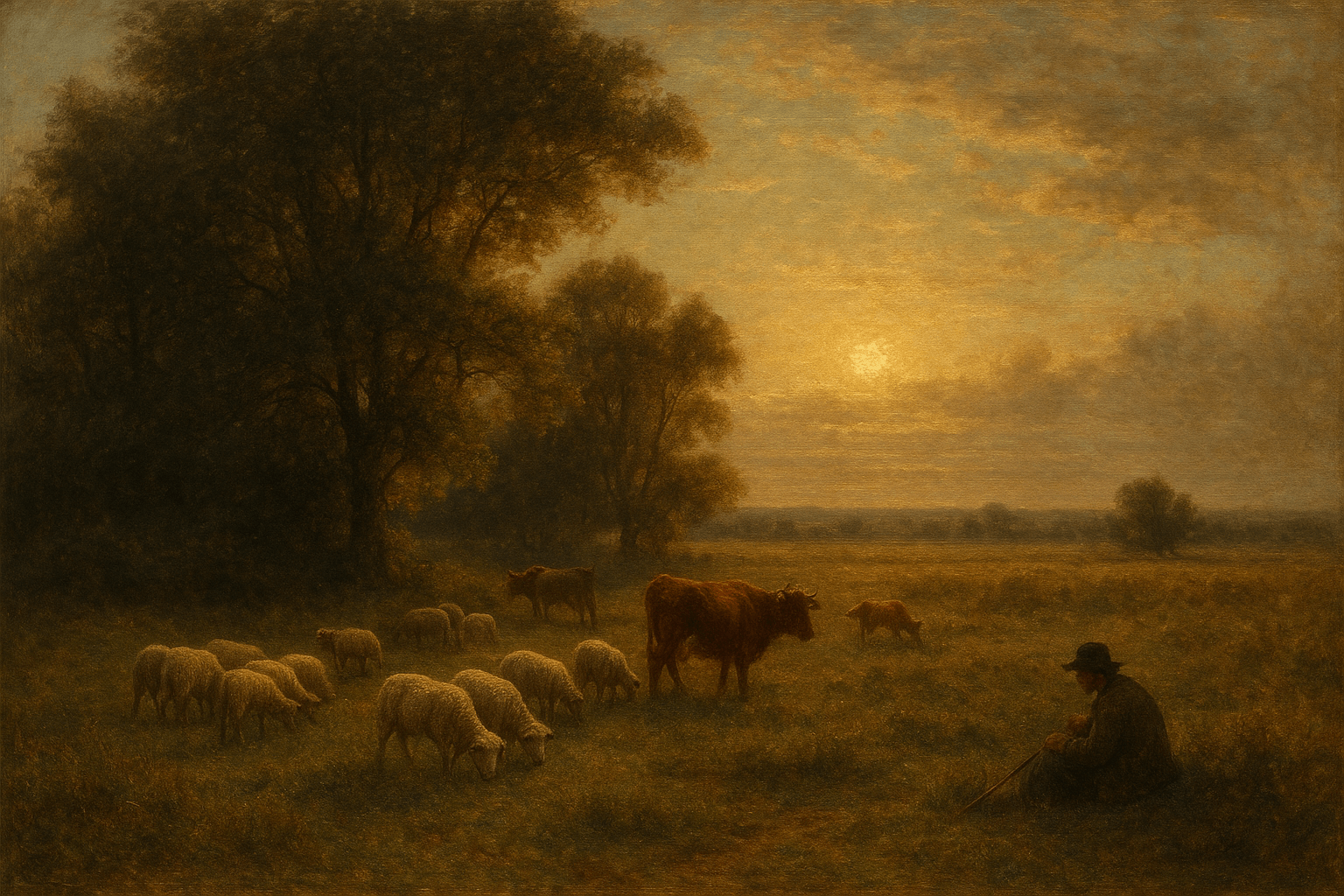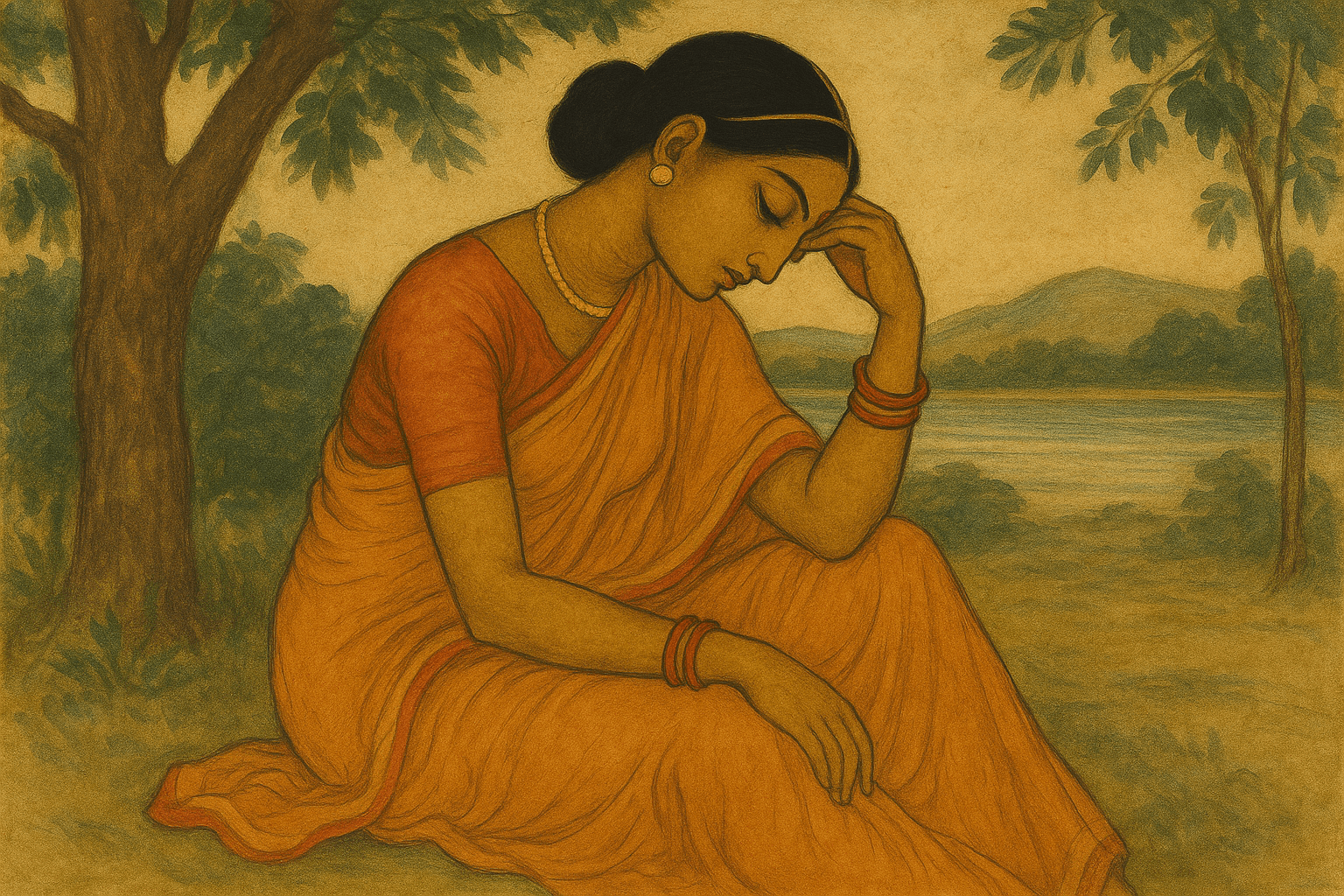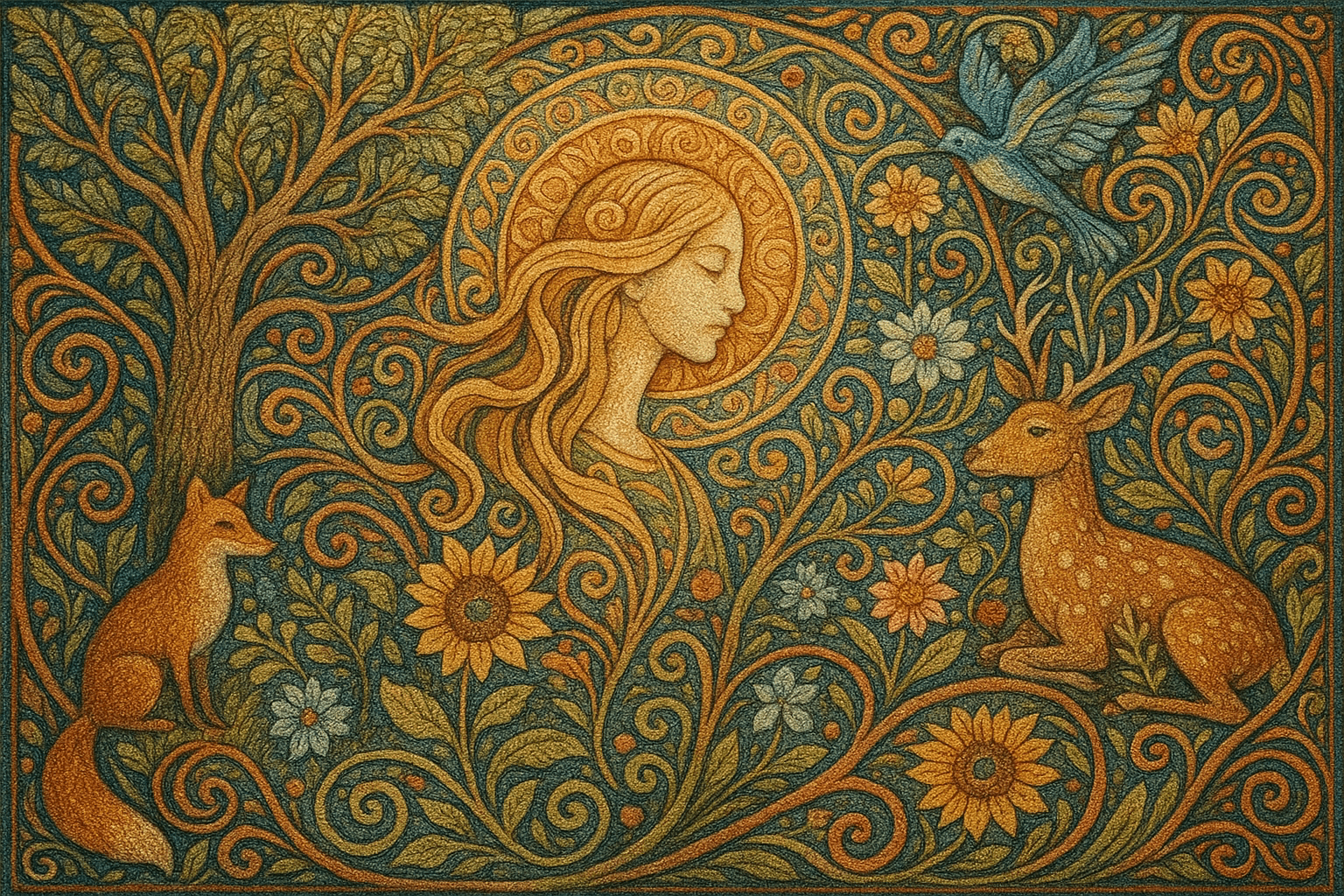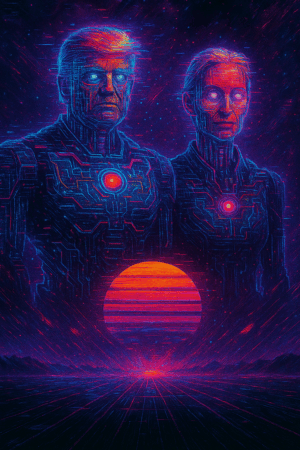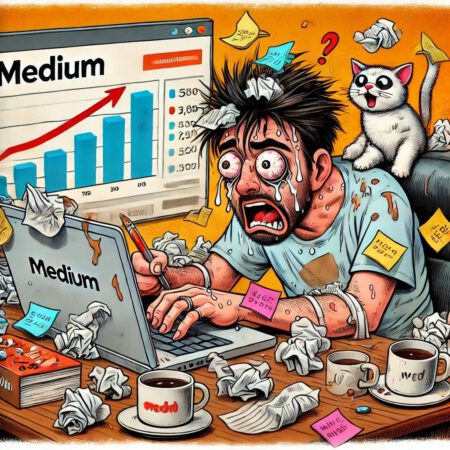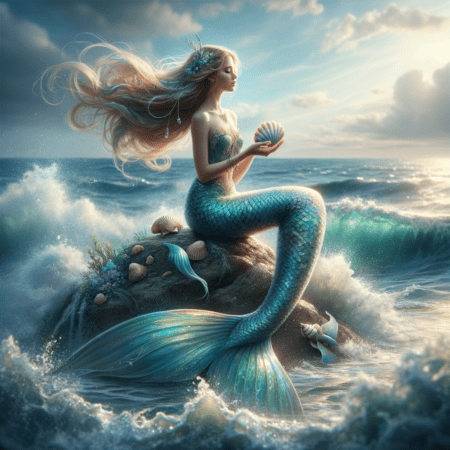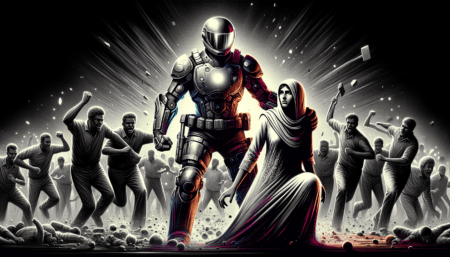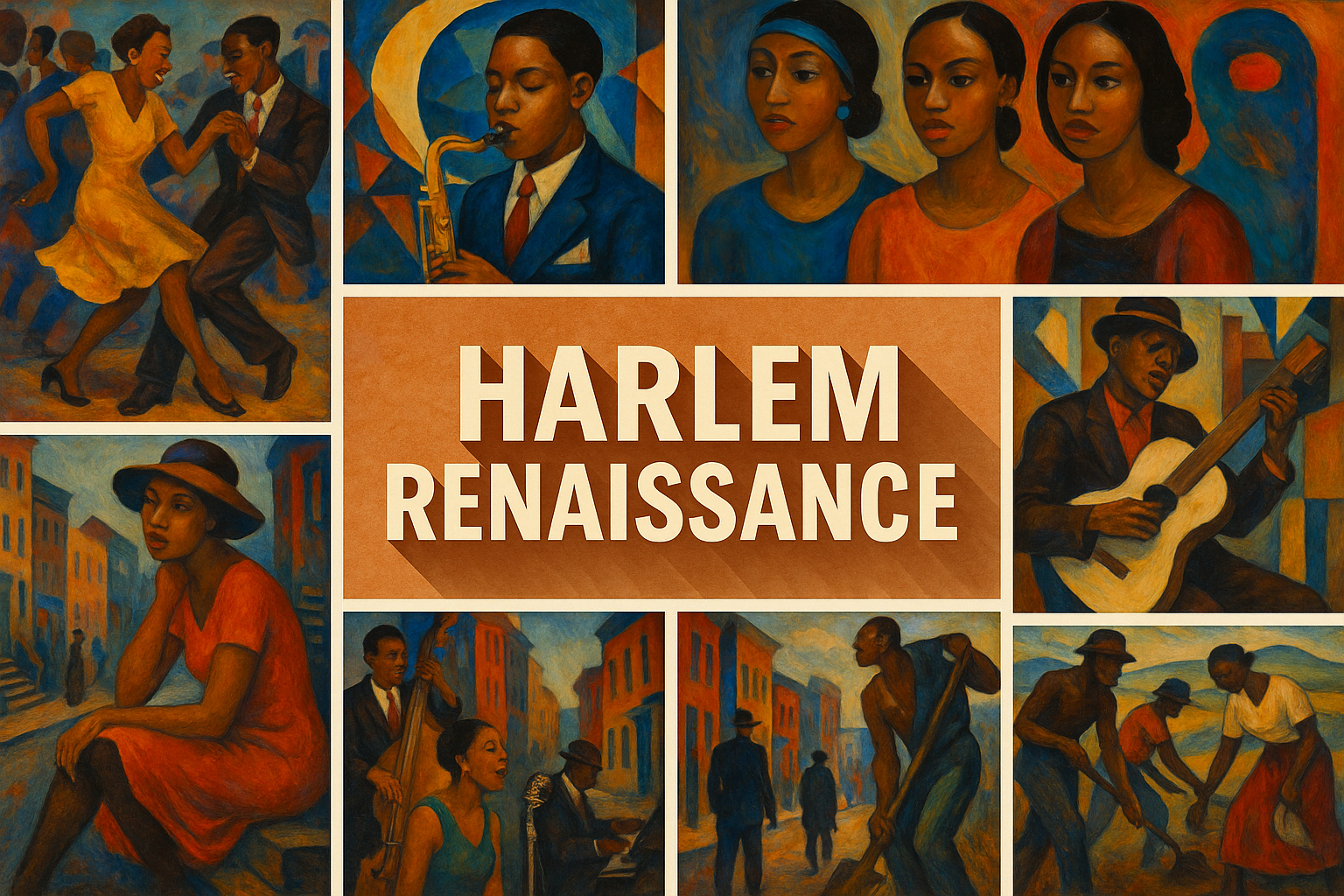
Harlem Renaissance
The Harlem Renaissance was a time when African American artists created works that celebrated their culture and heritage. The art from this time period is often colorful and full of life.
AOI thinking about Harlem Renaissance [+_~]-/
Overview and Quickfacts
The Harlem Renaissance was a period of time in the early 20th century where African American artists, musicians, and writers flourished. The Renaissance was a time of self-expression and celebrating African American culture. The artists of the Harlem Renaissance created works that reflected the beauty, strength, and resilience of the African American community.
Can understand it also, as:
The Harlem Renaissance was a period of time in which African American culture flourished. Some other terms that may be used to describe this time period are the New Negro Movement, the Jazz Age, or the Roaring Twenties.
Categorize it as:
Impressionism, Modernism
.: Dreaming :.
holds a HAIKU for the art style
:. Thought is power .:
Detailed Description
The Harlem Renaissance was a time of great creativity and artistic expression for African Americans. This period is often referred to as the “New Negro Movement” because it marked a new era in which African Americans were asserting their own identity and culture. The Harlem Renaissance was a major turning point in the history of American art, and its impact can still be seen today. Some of the most famous artists of the Harlem Renaissance include Aaron Douglas, Langston Hughes, and Zora Neale Hurston. These artists helped to define the aesthetic of the movement with their bold and expressive style. Aaron Douglas is perhaps best known for his paintings that depicted African American life and history. Langston Hughes was a prolific writer and poet who captured the spirit of the Harlem Renaissance in his work. Zora Neale Hurston was a novelist and anthropologist who did groundbreaking work in documenting the lives of African Americans. The Harlem Renaissance was a time of great social and political change. African Americans were beginning to assert their rights and demand equality. The arts played a major role in this movement, and the Harlem Renaissance is still considered to be one of the most important periods in American history.
.. beep, beep, beep ..
<START OF TRANSMISSION>
1. The Harlem Renaissance was a period of time in the 1920s when African-American culture flourished. 2. The Renaissance was centered in the Harlem neighborhood of New York City. 3. The term was coined by Alain Locke in 1925. 4. The Renaissance marked the first time that African-American culture was widely accepted by mainstream America. 5. The Renaissance was a time of great creativity in the arts, with African-American artists, musicians, and writers producing some of the most important works of the era. 6. The Renaissance was also a time of political activism, with many African-Americans working to end segregation and achieve civil rights. 7. The Renaissance was a major force in the development of the African-American identity. 8. The Renaissance was a period of economic growth for the African-American community, with many businesses and organizations being established. 9. The Renaissance was a time of social change, with African-Americans becoming more visible and active in the mainstream of American society. 10. The Harlem Renaissance was a major influence on the Civil Rights Movement of the 1950s and 1960s. 11. The Renaissance was a time of great pride for the African-American community. 12. The Harlem Renaissance is considered one of the most important periods in African-American history. 13. The Renaissance was a time of great achievement in the arts, with African-American artists, musicians, and writers producing some of the most important works of the era. 14. The Renaissance was also a time of political activism, with many African-Americans working to end segregation and achieve civil rights. 15. The Renaissance was a major force in the development of the African-American identity. 16. The Renaissance was a period of economic growth for the African-American community, with many businesses and organizations being established. 17. The Renaissance was a time of social change, with African-Americans becoming more visible and active in the mainstream of American society. 18. The Harlem Renaissance was a major influence on the Civil Rights Movement of the 1950s and 1960s. 19. The Renaissance was a time of great pride for the African-American community. 20. The Harlem Renaissance is considered one of the most important periods in African-American history.
<EOF>
.. robbel bob
Visual Examples from our image gallery
Coming soon, we are so slow .. might never come
Artists, Paintings, and more
(be aware, can be highly speculative)
Artists (be aware, speculation possible):
1. Aaron Douglas (1898-1979) 2. Augusta Savage (1892-1962) 3. Charles Alston (1907-1977) 4. Charles White (1918-1979) 5. David Hammons (1943-present) 6. Edward Clark (1918-2005) 7. Ellis Wilson (1899-1977) 8. Ernie Barnes (1938-2009) 9. Hale Woodruff (1900-1980) 10. Jacob Lawrence (1917-2000) 11. James VanDerZee (1886-1983) 12. John Biggers (1924-2001) 13. Lois Mailou Jones (1905-1998) 14. Malvin Gray Johnson (1899-1934) 15. Marion Perkins (1905-1949) 16. Meta Warrick Fuller (1877-1968) 17. Nancy Elizabeth Prophet (1890-1960) 18. Palmer Hayden (1890-1973) 19. Richmond BarthÃÂé (1901-1989) 20. Robert S. Duncanson (1821-1872) 21. Romare Bearden (1911-1988) 22. Samuel L. Lewis (1894-1971) 23. Scott Joplin (1868-1917) 24. Vertis Hayes (1931-2008) 25. William H. Johnson (1901-1970) 26. William Henry Hunt (1824-1879) 27. W. E. B. Du Bois (1868-1963) 28. Zora Neale Hurston (1891-1960) 29. Romare Bearden (1911-1988) 30. Palmer Hayden (1890-1973)
Artworks (be aware, speculation possible)
1. “A Sunday Afternoon on the Island of La Grande Jatte” by Georges Seurat, 1884 2. “The Hay Wagon” by American painter Andrew Wyeth, 1953 3. “The Persistence of Memory” by Salvador Dali, 1931 4. “Nighthawks” by Edward Hopper, 1942 5. “American Gothic” by Grant Wood, 1930 6. “The Scream” by Edvard Munch, 1893 7. “The Starry Night” by Vincent van Gogh, 1889 8. “The Birth of Venus” by Sandro Botticelli, 1486 9. “Mona Lisa” by Leonardo da Vinci, 1503-1506 10. “The Night Watch” by Rembrandt van Rijn, 1642 11. “The Sistine Chapel Ceiling” by Michelangelo, 1512 12. “The Last Supper” by Leonardo da Vinci, 1498 13. “Guernica” by Pablo Picasso, 1937 14. “The Haystack in the Floods” by American painter Andrew Wyeth, 1976 15. “The Madonna and Child” by Michelangelo, 1497 16. “The Creation of Adam” by Michelangelo, 1512 17. “The Vitruvian Man” by Leonardo da Vinci, 1492 18. “The Mona Lisa” by Leonardo da Vinci, 1503-1506 19. “The Last Supper” by Leonardo da Vinci, 1498 20. “The Sistine Chapel Ceiling” by Michelangelo, 1512 21. “The Birth of Venus” by Sandro Botticelli, 1486 22. “Nighthawks” by Edward Hopper, 1942 23. “American Gothic” by Grant Wood, 1930 24. “The Persistence of Memory” by Salvador Dali, 1931 25. “The Scream” by Edvard Munch, 1893 26. “The Starry Night” by Vincent van Gogh, 1889 27. “Guernica” by Pablo Picasso, 1937 28. “The Madonna and Child” by Michelangelo, 1497 29. “The Creation of Adam” by Michelangelo, 1512 30. “The Hay Wagon” by American painter Andrew Wyeth, 1953
Epoch
The Harlem Renaissance was a time period in the early 20th century when African American artists and writers created a new form of art and literature.
AI ART RESSOURCES (AKA, well Tools)
Helping tools -> predefined search links on other pages:
